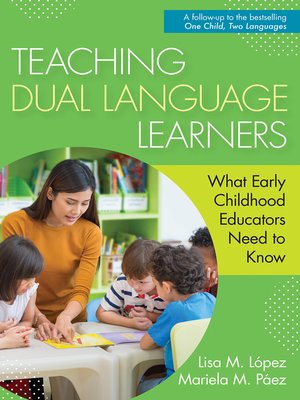
Sign up to save your library
With an OverDrive account, you can save your favorite libraries for at-a-glance information about availability. Find out more about OverDrive accounts.
Find this title in Libby, the library reading app by OverDrive.



Search for a digital library with this title
Title found at these libraries:
| Library Name | Distance |
|---|---|
| Loading... |
As the number of dual language learners (DLLs) in early childhood settings continues to rise, educators need to know how to teach, engage, and assess children from different cultural and linguistic backgrounds. They'll have the proven strategies they need with this timely book, a reader‐friendly guide that expertly connects research to practice for teachers of young DLLs.
Early childhood educators will start with a detailed review of the demographics of today's DLLs and the latest research findings on supporting the learning and development of bilingual and multilingual children. Then they'll find practical, real‐world guidance on the best instructional and assessment practices to integrate into their classrooms. Throughout the book, five in‐depth case studies of diverse children highlight the importance of considering each child's background, skills, and home experiences when designing effective learning environments.
Extending the groundbreaking work of Patton O. Tabors and ideal for use as a textbook or in‐service guide, this concise book compiles everything teachers need to know about working with young DLLs—and setting them up for a lifetime of school success.
TEACHERS WILL LEARN HOW TO






